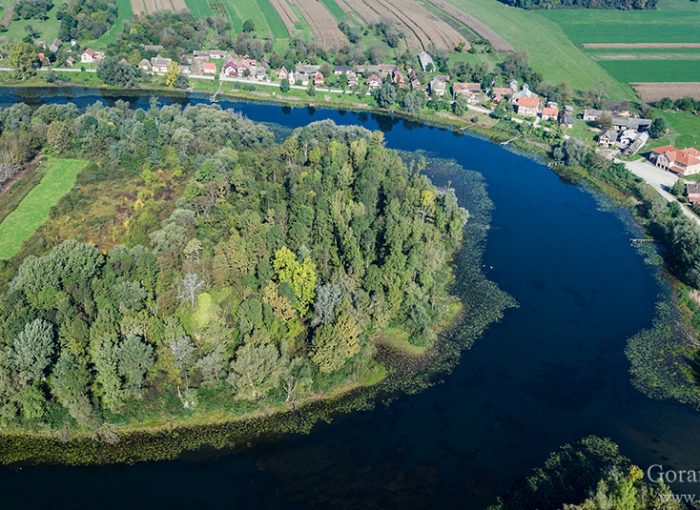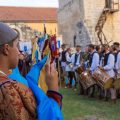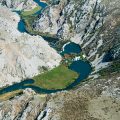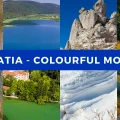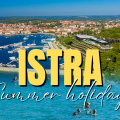Nestled in the heart of Croatia, Lonjsko Polje Nature Park stands as a breathtaking testament to the region’s pristine natural beauty. This vast expanse of wetlands, meadows, and forests offers a unique opportunity to immerse oneself in an untamed wilderness, where the rhythms of nature reign supreme. Spanning an impressive 50,650 hectares, Lonjsko Polje is a true oasis for nature enthusiasts, birdwatchers, and adventure seekers alike.
Designated as a Nature Park in 1992 and recognized as a UNESCO Ramsar Site, Lonjsko Polje is a sanctuary for an extraordinary array of flora and fauna. Its diverse habitats, ranging from lush floodplains to ancient oak forests, provide a haven for countless species, including some of Europe’s rarest and most endangered.
As you embark on your journey through this natural wonder, prepare to be captivated by the raw beauty that surrounds you. From the melodic calls of migratory birds to the gentle rustling of the trees, Lonjsko Polje promises an unforgettable experience that will leave you in awe of nature’s grandeur.
See Guide for national and nature parks in Croatia
Why visit Lonjsko Polje Nature Park?
Lonjsko Polje Nature Park is a true gem, offering a multitude of reasons to embark on an adventure within its boundaries. Whether you’re a nature lover, an avid birdwatcher, or simply seeking a tranquil escape from the hustle and bustle of everyday life, this park has something to captivate every visitor.
One of the primary draws of Lonjsko Polje is its unparalleled biodiversity. The park is home to an astonishing array of plant and animal species, many of which are found nowhere else in the world. From the majestic white-tailed eagle soaring overhead to the elusive European beaver leaving its mark on the riverbanks, the park’s residents are a constant source of wonder and fascination.
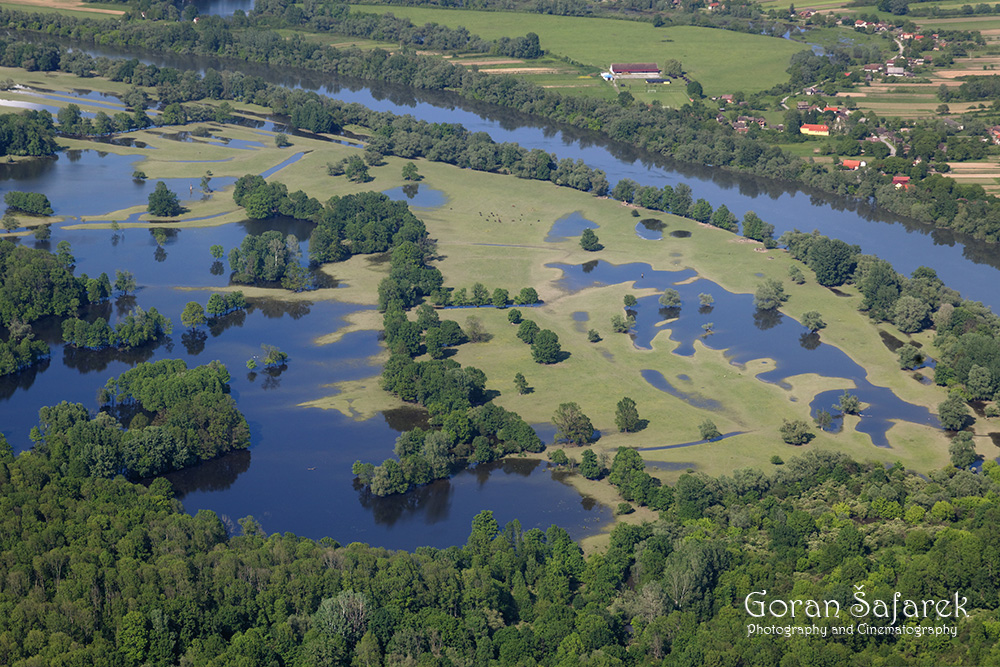
For birdwatchers, Lonjsko Polje is a veritable paradise. With over 250 recorded bird species, including rare and endangered species like the Eurasian curlew and the corncrake, the park offers unparalleled opportunities to observe these feathered marvels in their natural habitats.
Beyond its rich wildlife, Lonjsko Polje also boasts a unique cultural heritage. The park is home to several traditional villages, where visitors can immerse themselves in the local way of life and experience the authentic charm of rural Croatia. From sampling delicious local cuisine to witnessing age-old traditions, a visit to these villages is a journey through time, offering a glimpse into a way of life that has endured for centuries.
Exploring the diverse wildlife of Lonjsko Polje
Lonjsko Polje Nature Park is a true haven for wildlife enthusiasts, offering an unparalleled opportunity to witness the incredible diversity of flora and fauna that call this region home. From the moment you step into the park’s boundaries, you’ll be enveloped by a symphony of natural wonders, each more captivating than the last.
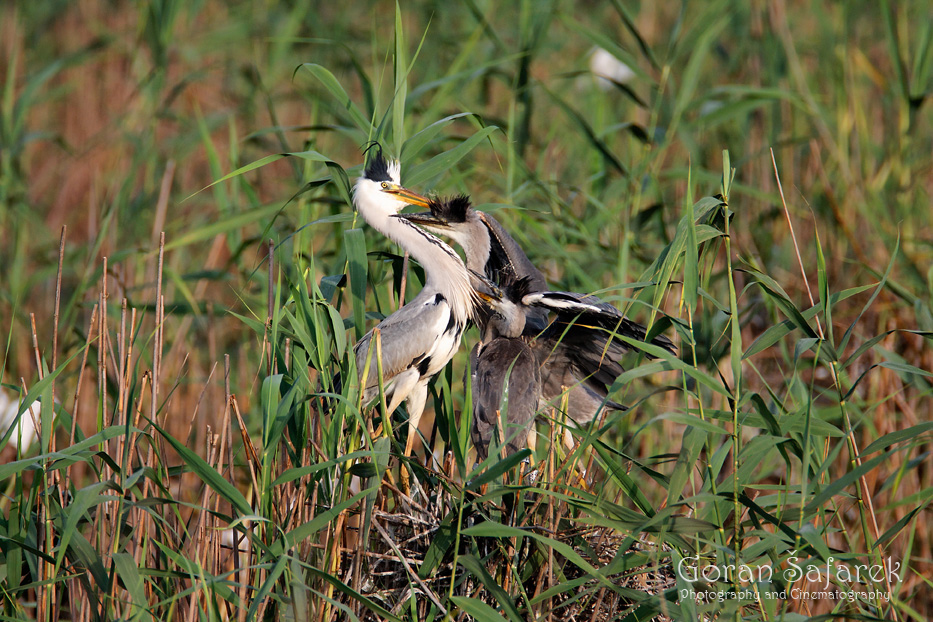
One of the most striking features of Lonjsko Polje is its rich array of habitats, which support a vast array of plant and animal species. The park’s lush meadows and wetlands are home to a plethora of aquatic life, including frogs, newts, and a variety of fish species. As you venture deeper into the park, you’ll encounter ancient oak forests, where majestic trees tower overhead, providing shelter to an array of mammals, birds, and insects.
Among the park’s most iconic residents are the white-tailed eagles, whose graceful silhouettes can often be spotted soaring high above the treetops. These magnificent raptors are just one example of the many bird species that call Lonjsko Polje home, making the park a true paradise for avid birdwatchers.
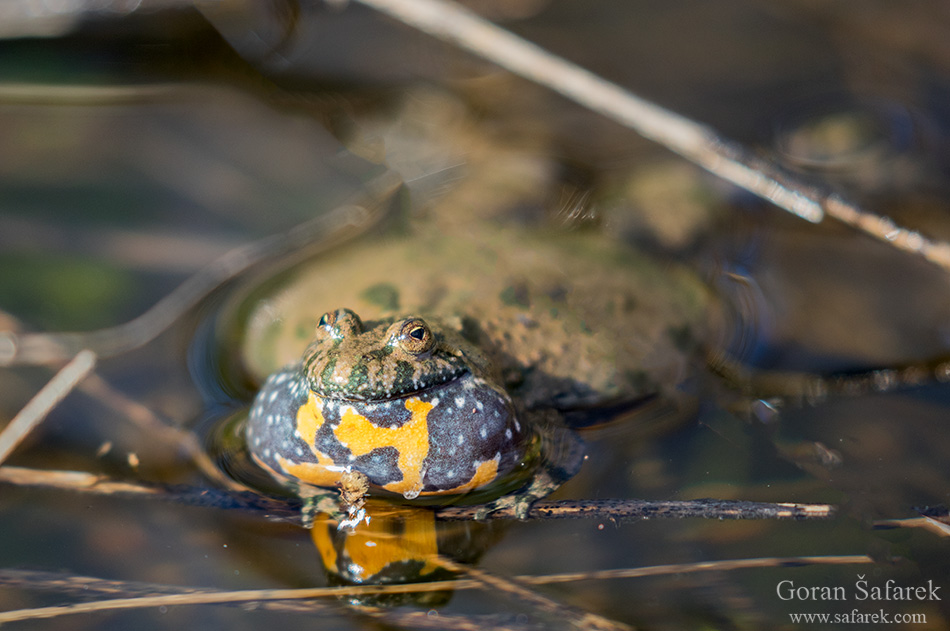
But the park’s wildlife doesn’t end with its feathered inhabitants. Lonjsko Polje is also home to a diverse array of mammals, from the elusive European beaver to the majestic red deer. As you explore the park’s trails, keep your eyes peeled for signs of these remarkable creatures, whether it’s a set of tracks in the mud or the sound of rustling leaves as they move through the undergrowth.
Birdwatching in Lonjsko Polje Nature Park
For birdwatchers, Lonjsko Polje Nature Park is a true mecca, offering unparalleled opportunities to observe and appreciate the incredible diversity of avian life that calls this region home. With over 250 recorded bird species, including rare and endangered species, the park is a veritable paradise for those who appreciate the beauty and grace of these feathered marvels.
One of the best ways to experience the park’s rich birdlife is to embark on a guided birdwatching tour. Led by knowledgeable local guides, these tours will take you to the prime birdwatching spots, where you’ll have the chance to observe a wide variety of species in their natural habitats.

As you explore the park’s wetlands and meadows, keep your eyes peeled for the graceful movements of wading birds like the Eurasian curlew and the black-winged stilt. These elegant creatures are a true sight to behold, and capturing them through your binoculars or camera lens is an experience you’ll never forget.
In the ancient oak forests, you may be lucky enough to catch a glimpse of the elusive woodpeckers, whose distinctive drumming echoes through the trees. From the striking black woodpecker to the more diminutive lesser spotted woodpecker, these fascinating birds are a true highlight of any birdwatching adventure in Lonjsko Polje.
But perhaps the most iconic avian residents of the park are the white storks, whose nests can be found perched atop the chimneys and rooftops of the traditional villages. These majestic birds have long been revered in Croatian culture, and witnessing their graceful movements as they soar overhead or tend to their young is an experience that will leave you in awe.
Discovering the traditional villages of Lonjsko Polje
Nestled within the boundaries of Lonjsko Polje Nature Park are several traditional villages, each offering a unique glimpse into the rich cultural heritage of the region. These charming settlements, with their picturesque houses and narrow streets, are a testament to the enduring way of life that has been passed down through generations.
One of the most enchanting villages in the park is Čigoč, a small community that has managed to preserve its authentic character despite the passage of time. As you stroll through its winding streets, you’ll be transported back to a simpler era, where the rhythms of daily life were dictated by the changing seasons and the ebb and flow of the nearby Sava River.
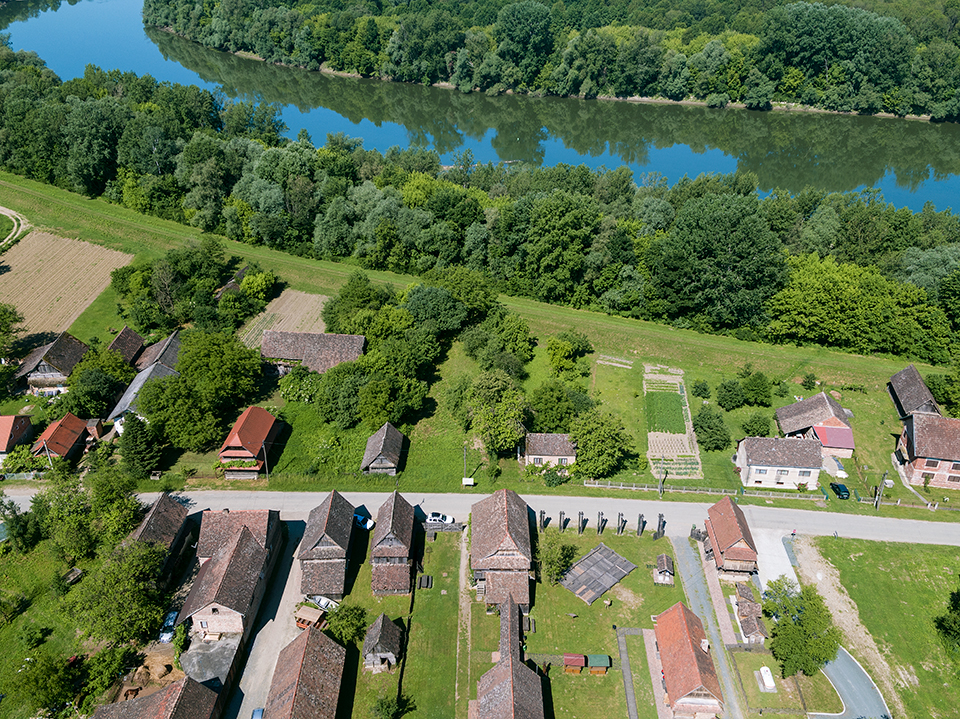
In Čigoč, you’ll have the opportunity to witness traditional crafts and customs that have been practiced for centuries. From the intricate art of basket weaving to the age-old techniques of blacksmithing, these villages offer a unique window into the rich cultural tapestry of rural Croatia.
Another highlight of your visit to the traditional villages of Lonjsko Polje is the opportunity to sample the region’s delectable cuisine. The local dishes are a reflection of the area’s agricultural heritage, with fresh, locally sourced ingredients taking center stage. Whether you’re savoring a hearty stew or indulging in a traditional pastry, each bite will be a celebration of the flavors and traditions that have been passed down through generations.
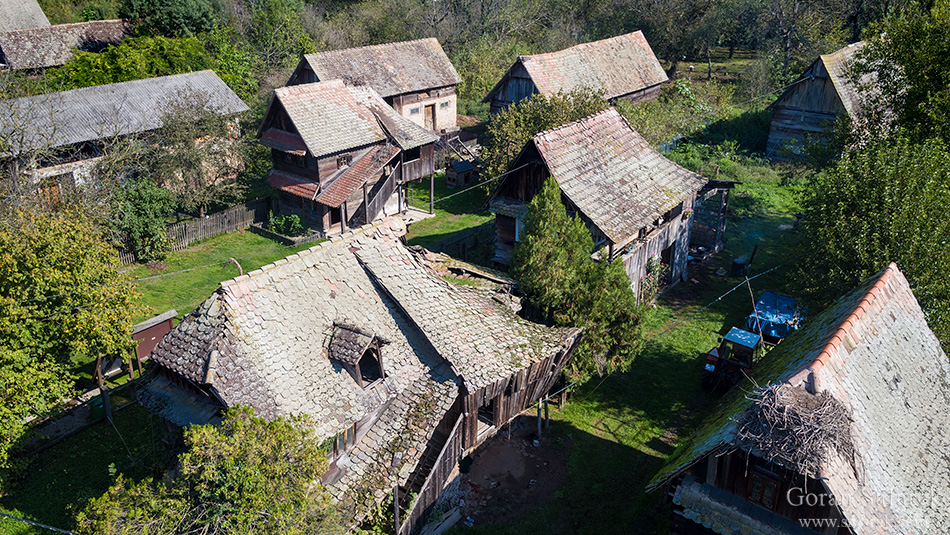
As you wander through these charming villages, you’ll also have the chance to interact with the friendly locals, who are always eager to share their stories and insights into the unique way of life that has endured in this region for centuries. Whether you’re listening to tales of the past or simply enjoying a cup of strong Croatian coffee, these encounters will leave you with a deeper appreciation for the rich cultural heritage of Lonjsko Polje.
The fascinating world of storks in Lonjsko Polje
One of the most captivating sights in Lonjsko Polje Nature Park is the presence of the majestic white storks, whose nests can be found perched atop the chimneys and rooftops of the traditional villages. These graceful birds have long been revered in Croatian culture, and witnessing their daily activities is an experience that will leave you in awe.
As you explore the villages of Lonjsko Polje, keep your eyes peeled for the distinctive silhouettes of the storks as they soar overhead or tend to their nests. These remarkable birds have been nesting in the region for centuries, and their presence is an integral part of the local ecosystem and cultural heritage.

One of the best ways to appreciate the world of the storks is to embark on a guided tour that focuses specifically on these fascinating creatures. Led by knowledgeable local guides, these tours will provide you with a comprehensive understanding of the storks’ life cycle, their migration patterns, and the important role they play in the delicate balance of nature.
During the breeding season, you’ll have the opportunity to observe the intricate courtship rituals of the storks, as they engage in elaborate dances and displays to attract a mate. Once the eggs have been laid, you’ll witness the dedicated parenting efforts of the adults as they take turns incubating the precious clutch and eventually feeding and caring for the newly hatched chicks.
But the storks’ story doesn’t end with the breeding season. As the cooler months approach, you’ll have the chance to witness the awe-inspiring spectacle of their annual migration. Gathering in large flocks, these majestic birds embark on a remarkable journey, soaring high above the landscape as they make their way to warmer climes for the winter.
Throughout your exploration of the storks’ world in Lonjsko Polje, you’ll be struck by the deep connection between these birds and the local community. For generations, the villagers have welcomed the storks’ return each spring, viewing their presence as a symbol of good fortune and a harbinger of the changing seasons.
Activities and attractions in Lonjsko Polje Nature Park
While the natural beauty and wildlife of Lonjsko Polje Nature Park are undoubtedly the main draw, the park also offers a wealth of activities and attractions to keep visitors entertained and engaged throughout their stay.
For those seeking an active adventure, the park’s extensive network of hiking and cycling trails provides ample opportunities to explore the diverse landscapes at your own pace. Whether you’re embarking on a leisurely stroll through the ancient oak forests or tackling a more challenging hike along the riverbanks, these trails offer a unique perspective on the park’s natural wonders.
If you’re seeking a more relaxed experience, consider taking a boat tour along the Sava River or one of the park’s many waterways. These guided tours offer a peaceful way to appreciate the beauty of the wetlands and the rich birdlife that calls this region home. As you glide along the water, keep your eyes peeled for the graceful movements of wading birds and the occasional splash of a fish breaking the surface.
For those interested in delving deeper into the cultural heritage of the region, the park offers a variety of educational programs and workshops. From learning about traditional crafts like basket weaving and blacksmithing to participating in cooking classes that showcase the local cuisine, these immersive experiences offer a unique opportunity to connect with the rich traditions of Lonjsko Polje.
One of the most unique attractions in the park is the Eco-Ethno Village, a living museum that provides a glimpse into the traditional way of life in the region. Here, you can explore authentic Croatian houses, watch demonstrations of traditional crafts, and even participate in hands-on activities like bread-making or woodcarving.
Throughout your visit to Lonjsko Polje Nature Park, you’ll also have the opportunity to attend a variety of events and festivals that celebrate the region’s cultural heritage. From lively music and dance performances to traditional harvest festivals, these events offer a vibrant and immersive way to experience the rich tapestry of local traditions.
How to get to Lonjsko Polje Nature Park
Lonjsko Polje Nature Park is conveniently located in the heart of Croatia, making it easily accessible from various parts of the country. Whether you’re traveling by car, public transportation, or even embarking on a cycling adventure, there are several options to choose from.
For those driving, the park is situated approximately 90 kilometers southeast of Zagreb, the capital city of Croatia. From Zagreb, you can take the E70 highway towards Slavonski Brod, and then follow the signs to Lonjsko Polje. The drive takes approximately 1.5 hours, allowing you to enjoy the scenic countryside along the way.
If you prefer to travel by public transportation, there are regular bus services from Zagreb to the nearby towns of Jasenovac and Novska, which are located just a short distance from the park’s entrance. From there, you can easily arrange for a taxi or local transportation to take you directly to Lonjsko Polje.
For those seeking a more adventurous journey, consider embarking on a cycling tour to Lonjsko Polje. The park is part of the EuroVelo 6 cycle route, which stretches from the Atlantic Ocean to the Black Sea, passing through some of Europe’s most stunning natural landscapes. This option allows you to truly immerse yourself in the beauty of the region while enjoying the freedom and flexibility of self-propelled travel.
Once you arrive at Lonjsko Polje Nature Park, you’ll find ample parking facilities and visitor centers where you can obtain maps, information, and guidance on the best ways to explore the park’s many attractions and natural wonders.
Where to stay in Lonjsko Polje
Lonjsko Polje Nature Park offers a variety of accommodation options to suit every traveler’s needs, ensuring that your stay in this natural paradise is as comfortable and memorable as possible.
For those seeking a truly immersive experience, consider staying in one of the traditional village houses within the park’s boundaries. These charming accommodations offer a unique opportunity to step back in time and experience the authentic way of life that has been preserved in Lonjsko Polje for generations. Wake up to the sounds of nature and enjoy the simple pleasures of village life, such as sipping a cup of strong Croatian coffee while watching the daily activities unfold around you.
If you prefer a more modern setting, the park also offers several eco-lodges and boutique hotels that seamlessly blend contemporary comforts with a deep respect for the surrounding natural environment. These accommodations often feature sustainable design elements, locally sourced materials, and amenities that prioritize eco-friendly practices.

For those seeking a more rustic adventure, camping is a popular option in Lonjsko Polje. The park boasts several well-equipped campsites, offering a range of facilities from basic pitches to fully-equipped camping units. Imagine falling asleep to the soothing sounds of the nearby river or waking up to the melodic chorus of birdsong – a true nature lover’s dream.
No matter which accommodation option you choose, you can rest assured that your stay in Lonjsko Polje will be a memorable one. Many of the local establishments offer guided tours, educational programs, and opportunities to participate in traditional activities, allowing you to fully immerse yourself in the rich cultural heritage of the region.
Conclusion: Embrace the untamed beauty of Lonjsko Polje Nature Park
Lonjsko Polje Nature Park is a true gem, a place where the untamed beauty of nature and the rich tapestry of cultural traditions seamlessly intertwine. From the moment you step into this enchanting realm, you’ll be captivated by the raw splendor that surrounds you, from the lush meadows and ancient oak forests to the melodic calls of migratory birds and the gentle flow of the Sava River.
As you explore the park’s diverse habitats and witness the incredible array of flora and fauna that call this region home, you’ll be reminded of the profound connection between humanity and the natural world. Whether you’re observing the graceful movements of the white storks or marveling at the intricate details of a wildflower, each moment spent in Lonjsko Polje will leave you with a deeper appreciation for the wonders of the natural world.
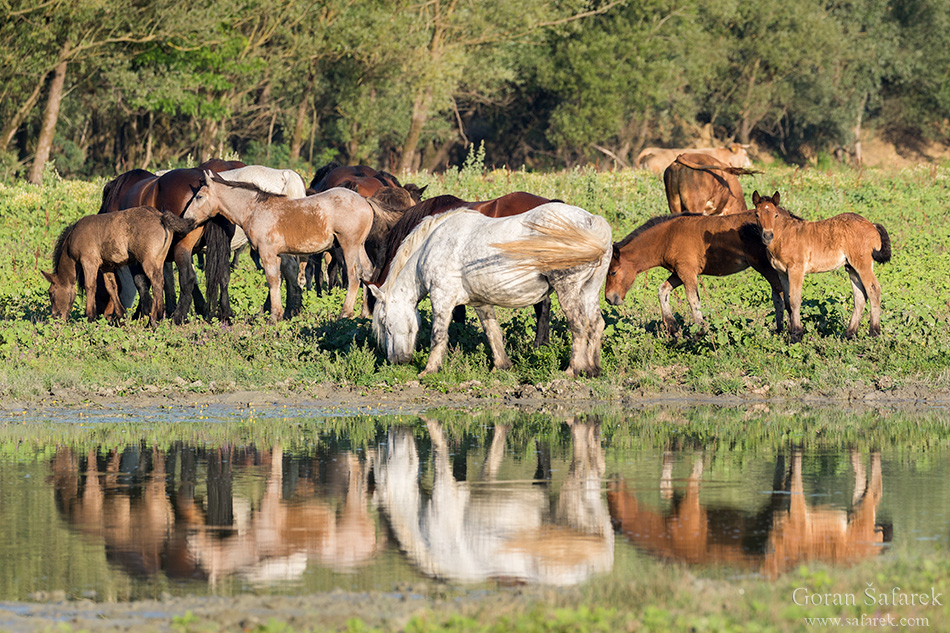
But Lonjsko Polje is more than just a showcase of natural beauty; it is also a living testament to the rich cultural heritage of Croatia. As you wander through the charming traditional villages, you’ll have the opportunity to immerse yourself in a way of life that has endured for centuries, from witnessing age-old crafts and customs to savoring the flavors of the region’s delectable cuisine.
So, whether you’re an avid birdwatcher, a nature enthusiast, or simply seeking a respite from the hustle and bustle of modern life, Lonjsko Polje Nature Park promises an unforgettable experience. Embrace the untamed beauty that surrounds you, and let the rhythms of nature and tradition guide your journey through this enchanting corner of Croatia.
Embark on an unforgettable adventure and explore the untamed beauty of Lonjsko Polje Nature Park. Book your stay today and immerse yourself in the natural wonders and rich cultural heritage that await you in this Croatian paradise. Visit our website to learn more about guided tours, accommodation options, and exclusive packages tailored to your interests. Discover the magic of Lonjsko Polje
Gallery:
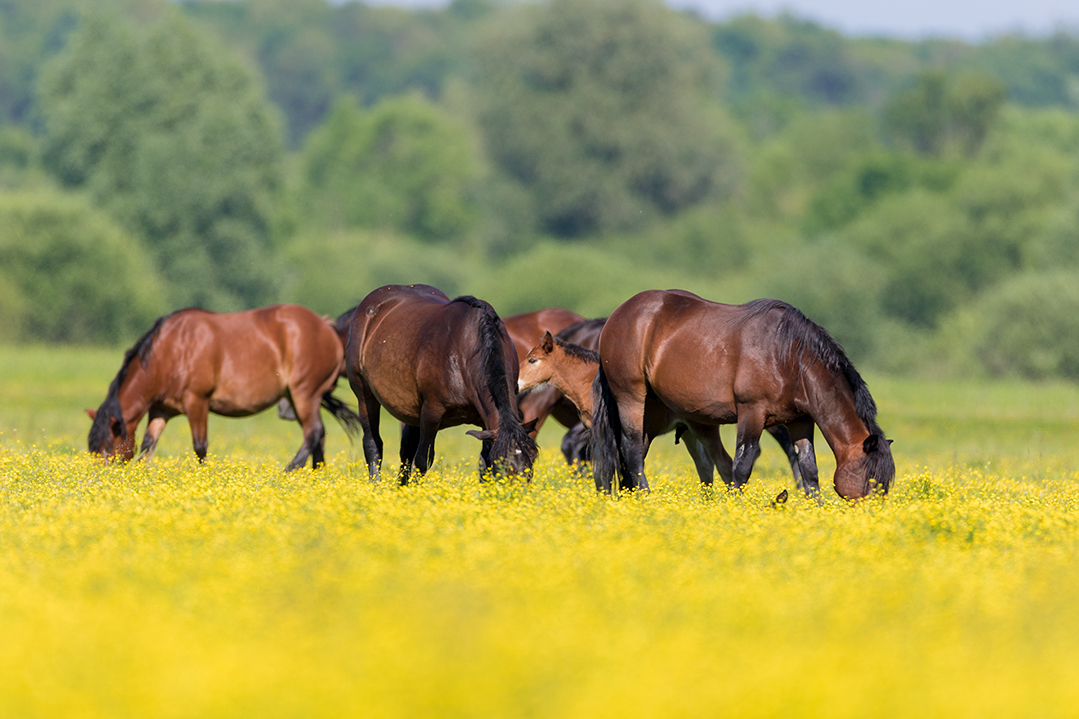
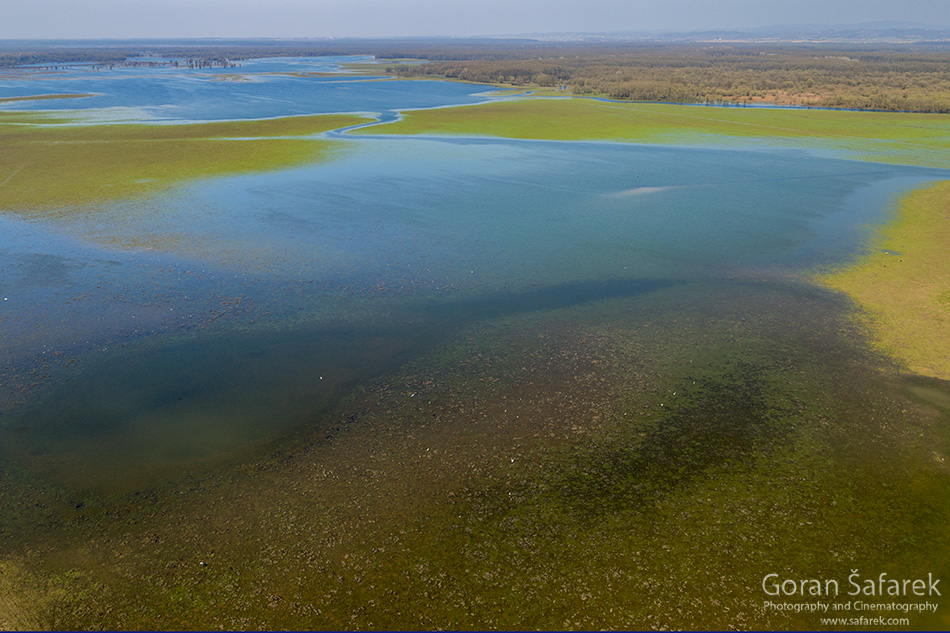
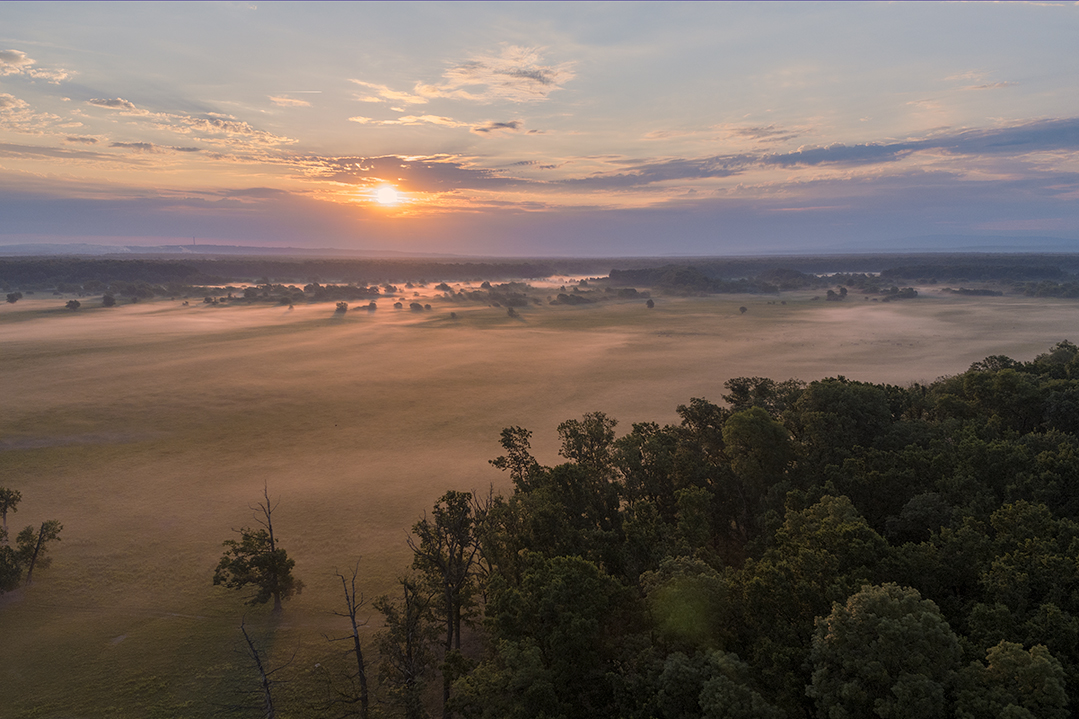

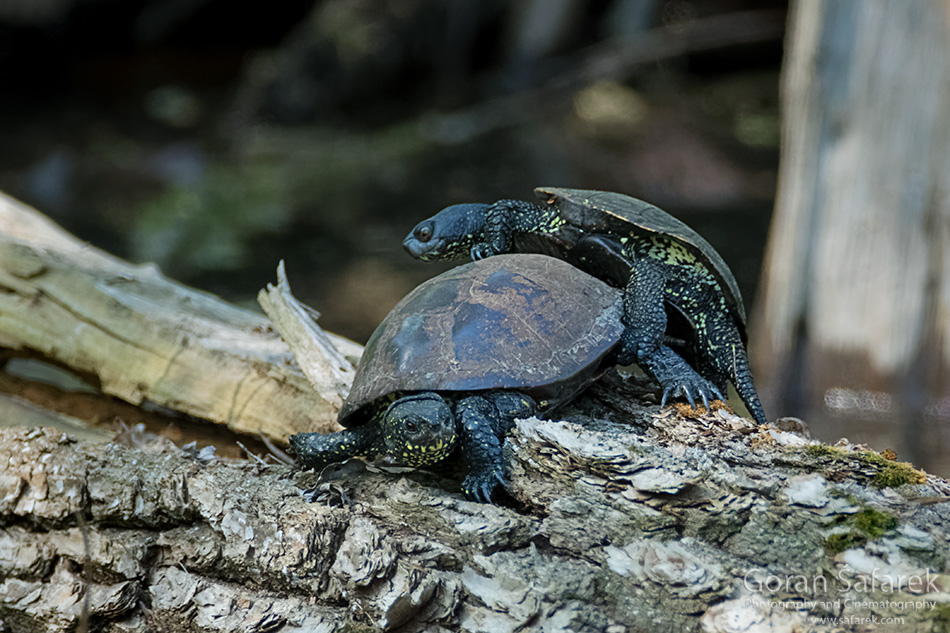
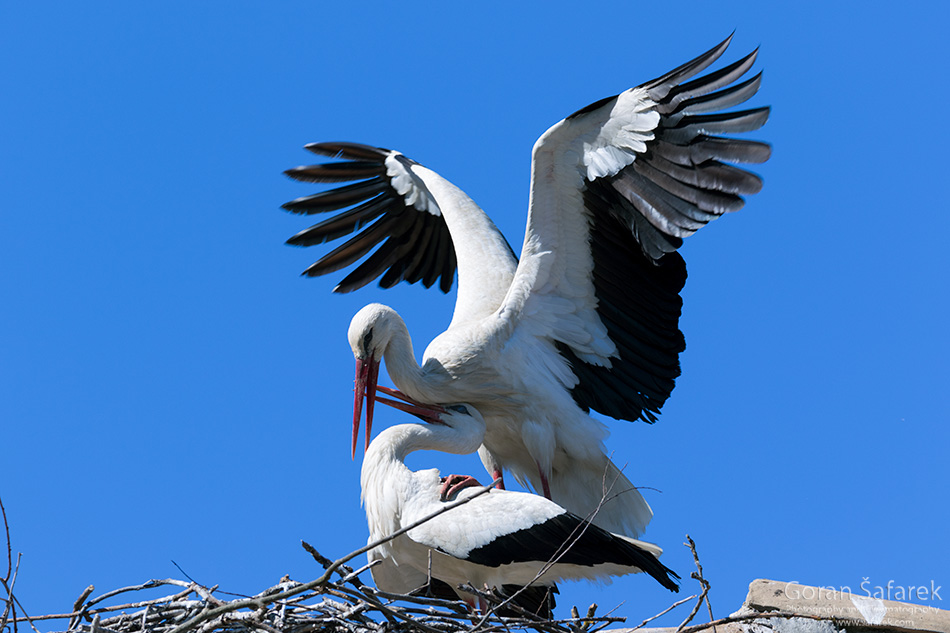
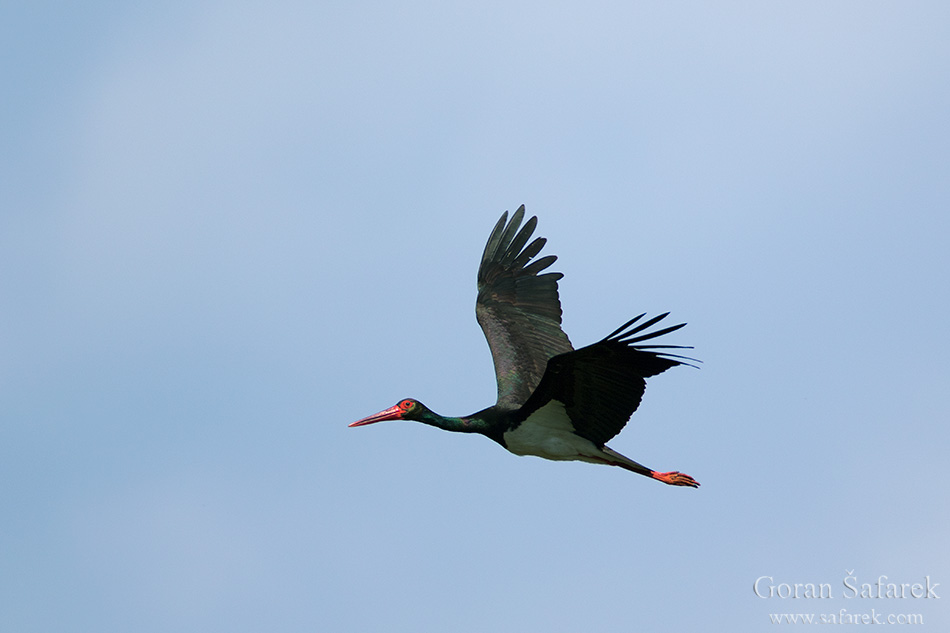



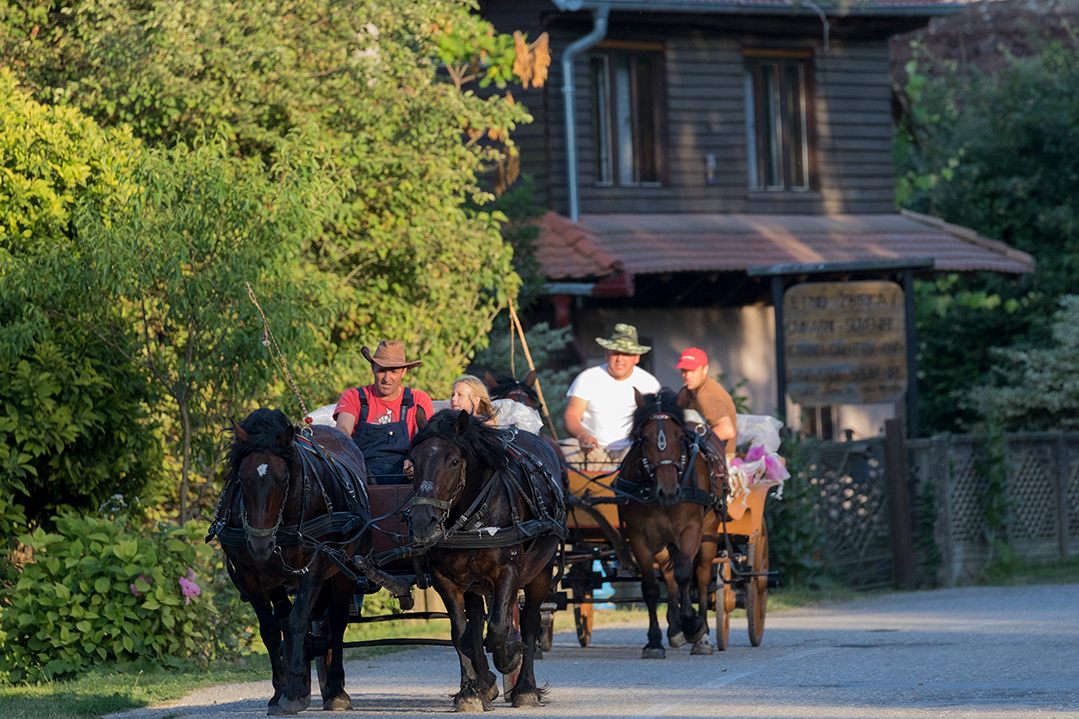
Goran Šafarek, biologist, author of several books and films about Croatia. Don’t forget to follow us on our Instagram, Twitter and Facebook
